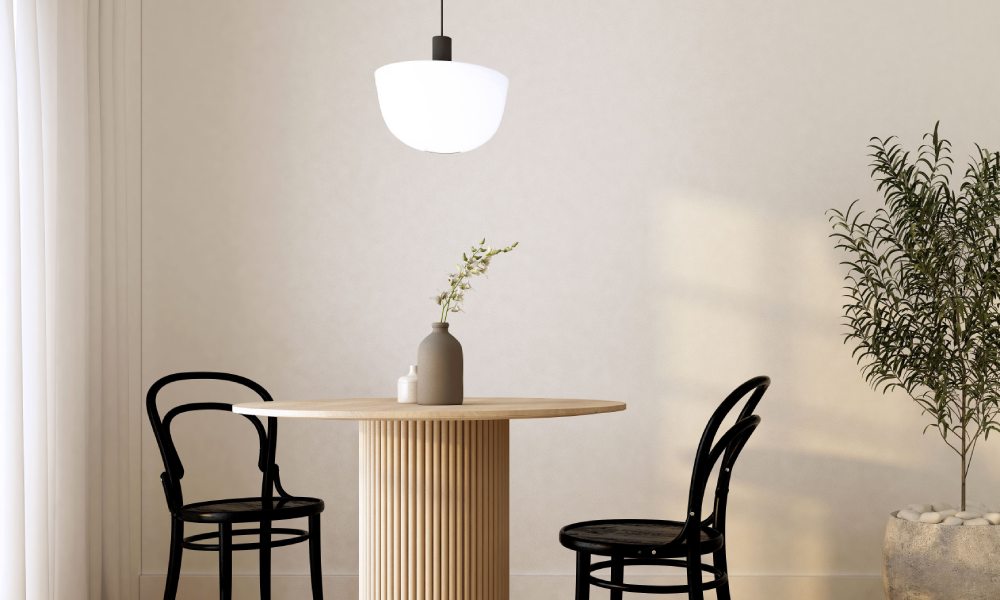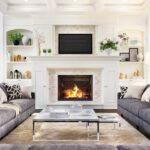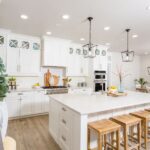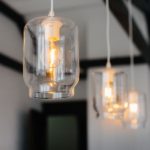Lighting plays a pivotal role in interior design, making it essential for homeowners and design enthusiasts to understand its influence on our spaces. Lighting highlights architectural features, sets the mood, and enhances the functionality of a room or other. Below, we’re spending a few moments to discuss interior design and lighting, highlighting key things to know so that you can get your home and space up for illumination success.
The Power of Natural Light in Interior Spaces
Natural light is a designer’s best friend as it offers numerous benefits that artificial lighting can’t replicate. It enhances the colors and textures of your interiors while providing a sense of openness and warmth.
Consider using sheer curtains and strategically placed mirrors to reflect sunlight deeper into your rooms and maximize natural light. Large windows and skylights also play a pivotal role in inviting more daylight into your home, further creating a harmonious and uplifting environment.
Understanding Different Types of Artificial Lighting
Designers often categorize artificial lighting into ambient, task, and accent lighting, each serving a unique purpose in your design scheme. Ambient lighting provides overall illumination and creates a comfortable level of brightness without glare.
Task lighting focuses on specific areas to facilitate activities like reading or cooking. Accent lighting adds drama by highlighting artwork or architectural details, adding depth to your space. These lighting types work in tandem to create a balanced and inviting home environment—interior design 101.
Tailoring Lighting to Suit Different Rooms
Each room in your home has distinct lighting needs that contribute to its function and ambience. The living room benefits from layered lighting to accommodate various activities, while the kitchen requires bright task lighting for cooking and food preparation.
Bedrooms call for a mix of ambient and softer task lighting to create a cozy and restful atmosphere. By tailoring your lighting choices to suit each room, you enhance your home’s functionality and aesthetics.
LED Lights Transforming Interior Design
LED lights have revolutionized interior design with their versatility and energy efficiency. They offer a range of colors and intensities, allowing you to customize the ambience of your space effortlessly.
The idea that LED lights can redefine your interior design rings true, as these lights provide innovative options for creative lighting solutions. From recessed ceiling lights to under-cabinet strips, LEDs are perfect for accentuating design features and achieving desired moods.
Exploring Lighting Accessories and Fixtures
Lighting accessories and fixtures add personality and style to your interiors. Consider incorporating statement pieces like chandeliers or pendant lights to anchor your design theme.
Wall sconces and floor lamps also complement the overall aesthetic while providing functional light sources. Explore modern designs and materials to find fixtures that resonate with your style, ensuring they enhance the character and charm of your space.
Lighting is a fundamental aspect of interior design that significantly influences the look and feel of your home or space. By understanding the roles of natural and artificial light and using LED technology and stylish fixtures, you will create spaces that are beautiful and functional. Explore different lighting options and experiment with various combinations to discover what best suits your home and personal style.







